Home>diy>Architecture & Design>How Are The Words “Architect” And “Blueprint” Related?
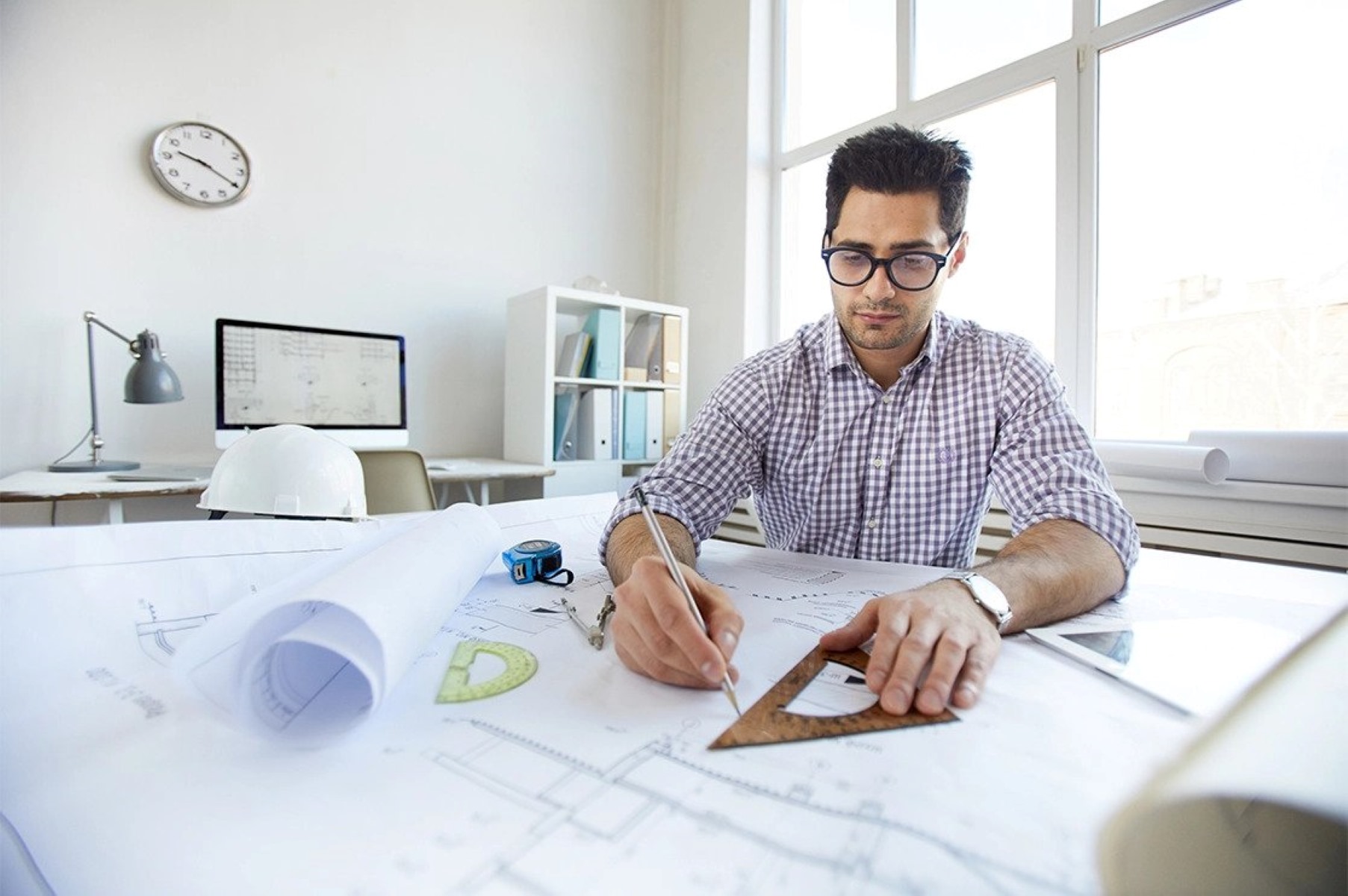

Architecture & Design
How Are The Words “Architect” And “Blueprint” Related?
Modified: September 1, 2024
Discover the connection between architecture and design through the relationship of the words "architect" and "blueprint." Explore the importance of blueprinting in the field of architecture and its impact on the final design.
(Many of the links in this article redirect to a specific reviewed product. Your purchase of these products through affiliate links helps to generate commission for Storables.com, at no extra cost. Learn more)
Introduction
Architecture is an intricate blend of art and science that encompasses the design and construction of buildings and structures. It involves the creative vision of an architect and the technical expertise of engineers and construction professionals. In this dynamic field, architects play a vital role in translating their ideas and concepts into tangible structures that shape the world we live in.
At the heart of the architectural process lies the blueprint, a visual representation of the design intent and technical specifications of a project. Blueprints serve as the roadmap for construction, guiding contractors, engineers, and other stakeholders in bringing the architect’s vision to life. But what is the relationship between the architect and the blueprint? How does their collaboration contribute to the successful implementation of architectural projects?
In this article, we will delve into the fascinating connection between architects and blueprints, exploring their shared roles and responsibilities and highlighting the importance of clear communication and collaboration throughout the design and construction process.
Before we dive into the intricacies of this relationship, let’s first establish a clear understanding of what an architect and a blueprint are.
Key Takeaways:
- Architects and blueprints have a symbiotic relationship, with architects relying on blueprints to communicate their design ideas and guide the construction process, while blueprint creators depend on clear communication with architects to accurately capture and represent the design intent.
- Clear communication between architects and blueprint creators is essential for the accurate translation and representation of architectural designs, facilitating effective collaboration, precise instructions, problem-solving, and efficient project execution.
Read more: How Does Architect Relate To Design A House
Definition of Architect
An architect is a highly skilled professional who combines artistic creativity with technical knowledge to design and plan buildings, spaces, and structures. Architects are responsible for conceptualizing and creating the overall look, feel, and functionality of a construction project.
Architects undergo extensive education and training to acquire the necessary skills and expertise. They typically hold a professional degree in architecture and must pass a licensing exam to practice legally. Their role extends beyond just aesthetics; architects consider factors such as structural integrity, safety, sustainability, and building codes.
Architects work closely with clients to understand their requirements, goals, and budgetary constraints. They take into account the site’s context, climate, and cultural considerations, as well as zoning regulations and environmental impact. With this information, along with their own creative vision, architects develop designs that not only fulfill functional needs but also evoke emotional responses and harmonize with the surrounding environment.
This multidisciplinary profession requires architects to possess a wide range of skills. They must have a deep understanding of spatial planning, materials, construction techniques, and building systems. They must also be adept at incorporating technological advancements, such as Building Information Modeling (BIM) software, into their design processes.
Architects collaborate closely with various stakeholders, including engineers, contractors, and interior designers, to ensure that the design is viable and can be executed smoothly. Throughout the construction process, architects provide guidance and supervision, making site visits to ensure that the project aligns with the original design intent.
Ultimately, architects strive to create spaces that inspire, enhance functionality, and positively impact the lives of those who inhabit them. Their work is a unique blend of artistic expression, problem-solving, and technical expertise.
Definition of Blueprint
A blueprint is a detailed technical drawing that serves as a visual representation of an architectural or engineering design. It provides a comprehensive and precise plan for the construction of a building or structure, illustrating the dimensions, materials, and specific details needed for implementation.
The term “blueprint” originated in the mid-19th century when architects and engineers began using a special paper that turned blue when exposed to light. This blueprint paper, treated with ammonium iron citrate and potassium ferricyanide, allowed for the reproduction of detailed drawings using a contact print process. Although modern blueprints are typically created using digital technology, the term “blueprint” still remains in use today.
Blueprints serve as a crucial communication tool between the architect and the rest of the project team. They provide precise instructions for contractors, engineers, electricians, plumbers, and other professionals involved in the construction process. By following the blueprint, each team member can understand their specific roles and responsibilities, resulting in a harmonious and coordinated execution of the project.
A well-designed blueprint includes a range of information, such as floor plans, elevations, sections, and details. Floor plans reveal the layout and dimensions of each level of the building, indicating the location of rooms, walls, doors, and windows. Elevations provide a visual representation of the building’s exterior, demonstrating the height, scale, and proportions of the different facades. Sections showcase a cut-through view of the building, highlighting the internal structure and spatial relationships. Details focus on specific elements of construction, such as joinery, fixtures, and finishes, providing a deeper understanding of the design intent.
Blueprints are typically created using computer-aided design (CAD) software, which allows for precise scaling, accurate measurements, and the incorporation of 3D modeling. This technology enables architects to create more complex and detailed drawings, enhancing the clarity and functionality of the blueprint.
Alongside the technical information, blueprints often include notes, annotations, and symbols to provide additional guidance and clarification. This ensures that everyone involved in the construction process can interpret the drawings accurately and avoid any potential conflicts or errors.
In summary, blueprints are essential documents that translate the architect’s creative vision into a tangible construction plan. With their detailed and comprehensive information, blueprints facilitate clear communication and enable the successful realization of architectural projects.
Historical Background
The use of architectural blueprints can be traced back thousands of years to ancient civilizations such as the Egyptians, Greeks, and Romans. However, the early blueprints were not as sophisticated as the ones we use today.
In ancient times, architects relied on rudimentary drawings and sketches to convey their design ideas. These early drawings were often simple illustrations on papyrus or stone, serving as visual aids during the construction process.
It was during the Renaissance period in Europe that the field of architecture began to evolve, along with advancements in engineering and construction techniques. Architects such as Filippo Brunelleschi and Leonardo da Vinci made significant contributions to the development of architectural drawings and blueprints.
Brunelleschi, a renowned Italian architect, and engineer, is known for his design of the dome of the Florence Cathedral in the early 15th century. To realize his ambitious vision, he created detailed architectural drawings and diagrams, including sectional views, which were essential in guiding the construction of the complex structure.
During the Renaissance, Leonardo da Vinci also played a crucial role in the advancement of architectural drawings. His detailed sketches, including those of buildings and machines, demonstrated his meticulous attention to detail and ability to visualize three-dimensional forms.
As architecture continued to evolve, the need for more precise and standardized drawings became apparent. In the 18th and 19th centuries, advancements in printing technology and paper production enabled the mass reproduction of architectural drawings. The introduction of blueprints, which utilized the cyanotype printing process, revolutionized the field of architecture.
Blueprints offered several advantages over traditional drawings. The use of the cyanotype process produced white lines on a blue background, providing better contrast and legibility. They also allowed for easier reproduction and distribution of drawings, making it possible to share plans across long distances.
In the 20th century, the advent of computer-aided design (CAD) and digital technologies further transformed the architectural industry. Architects could create and modify drawings with greater efficiency, accuracy, and precision. Digital blueprints eliminated the need for physical reproduction and streamlined the communication process among project teams.
Today, architects rely heavily on advanced software programs to create intricate, detailed, and highly realistic architectural designs. Digital blueprints have become the norm, allowing for efficient collaboration, seamless integration of changes, and enhanced visualization.
As architecture continues to evolve, one thing remains constant – the essential role of blueprints in the communication and execution of architectural projects. From ancient sketches on papyrus to sophisticated digital drawings, blueprints have played a crucial part in the evolution of architectural design and construction.
The Role of Architects in Creating Blueprints
Architects play a pivotal role in the creation of blueprints, as they are responsible for developing the design concept and translating it into detailed technical drawings. Their expertise and creativity are essential in producing accurate and comprehensive blueprints that effectively communicate the design intent to all stakeholders involved in the construction process.
Architects begin the blueprint creation process by thoroughly understanding the project requirements and client’s vision. They conduct in-depth research, analyze site conditions, and consider various factors such as building codes, zoning regulations, environmental impact, and accessibility standards.
Based on this information, architects develop initial design concepts, which they refine through iterations and consultations with the client. They consider spatial planning, functionality, aesthetics, and sustainability, ensuring that the design meets the client’s needs while adhering to budgetary constraints.
Once the design concept is finalized, architects begin the technical documentation phase. They meticulously translate the design into accurate and detailed drawings that capture every aspect of the building, both externally and internally.
Architects create floor plans, showcasing the layout of each level, including rooms, walls, and corridors. They meticulously specify the dimensions, allowing contractors to accurately construct the building. Additionally, architects create elevations, providing multiple views of the building’s façade, illustrating the materials, colors, and architectural features.
In addition to floor plans and elevations, architects create sections, which reveal the internal structure and vertical dimensions of the building. Sections are crucial for understanding the spatial relationships, such as the height of ceilings, the location of columns, and the arrangement of stairs.
Architects also include detailed drawings within the blueprint, focusing on specific elements such as doors, windows, joinery, and finishes. These drawings provide precise instructions to contractors and ensure consistent implementation of design elements throughout the project.
Throughout the blueprint creation process, architects must consider and incorporate various technical aspects. They collaborate closely with engineers to integrate structural systems, electrical plans, plumbing layouts, HVAC systems, and other vital components into the blueprint.
Architects must also stay informed about the latest building codes, regulations, and industry standards. They ensure the blueprint complies with safety requirements, accessibility guidelines, and environmental sustainability practices.
The creation of blueprints requires not only technical expertise but also an astute attention to detail. Architects meticulously annotate the drawings, providing notes and specifications, alongside a comprehensive legend that explains the symbols and abbreviations used. This attention to detail ensures that the blueprint is clear, understandable, and able to guide the construction team effectively.
Ultimately, architects are responsible for creating blueprints that accurately represent their design intent and provide practical guidance for the construction process. Their ability to combine technical knowledge with artistic vision is key to ensuring the successful realization of architectural projects.
The word “architect” is related to “blueprint” as architects use blueprints to communicate their design plans for buildings and structures. Blueprints are detailed technical drawings that show the dimensions, materials, and construction details of a project.
Read more: Why Is Blueprint Called Blueprint
The Connection between Architects and Blueprints
The relationship between architects and blueprints is intertwined and essential to the successful execution of architectural projects. Architects are responsible for creating detailed design plans, known as blueprints, which serve as a visual roadmap for the construction process.
Architects are involved in every step of blueprint creation, from conceptualizing the design to translating it into precise technical drawings. They combine their artistic vision with technical expertise to create blueprints that convey their design intent and provide clear instructions for contractors, engineers, and other professionals involved in the project.
Architects collaborate closely with various stakeholders to ensure that the blueprints accurately represent their design ideas and meet the project requirements. They work closely with clients to understand their needs, preferences, and budgetary constraints, incorporating these factors into the blueprint.
Throughout the design process, architects communicate their ideas and concepts through the blueprint. They consider spatial planning, materials, structural integrity, and aesthetics, carefully detailing each aspect of the building to be constructed.
The blueprint serves as a critical tool for architects to communicate their design to the construction team. It contains vital information such as floor plans, elevations, sections, and detailed drawings, which guide contractors in actualizing the architect’s vision.
During the construction process, architects also rely on the blueprint to monitor the progress of the project and ensure that the construction aligns with the original design intent. They conduct site visits, review the blueprint, and address any issues or discrepancies that may arise.
Architects and blueprints are connected through the shared goal of transforming a design concept into a physical structure. The blueprint acts as the bridge between the architect’s creativity and the practical implementation of the design.
Clear and effective communication between architects and those responsible for creating the blueprints is vital to the success of a project. Architects must clearly convey their design intentions, specifications, and requirements to the blueprint creators, ensuring that every detail is accurately represented.
Architects and blueprint creators often work in close collaboration, with regular consultations and reviews to ensure that the blueprint accurately represents the design vision. Any changes or modifications in the design need to be communicated effectively and incorporated into the blueprint for a seamless construction process.
The connection between architects and blueprints extends beyond the initial creation phase. Architects refer to the blueprint throughout the construction process to ensure that the design is being implemented as intended. Any adjustments or modifications that arise during construction must be communicated to the blueprint creators and incorporated into the blueprint to maintain consistency.
In summary, architects and blueprints are intricately connected in the realm of architecture. Architects rely on blueprints to communicate their design ideas, provide technical instructions, and monitor the progress of construction. The collaboration between architects and blueprint creators is crucial in ensuring the successful realization of architectural projects.
Examples of Architectural Blueprints
Architectural blueprints come in various forms and serve different purposes depending on the project and requirements. They provide detailed information regarding the design, materials, and construction methods. Here are a few examples of common architectural blueprints:
- Floor Plans: Floor plans are perhaps the most well-known and widely used type of architectural blueprint. They provide a top-down view of each floor of a building, illustrating the layout and dimensions of rooms, walls, doors, windows, and other architectural features. Floor plans allow for a clear understanding of the spatial arrangement and flow within a building.
- Elevations: Elevations provide a visual representation of the building’s exterior facade. They showcase the vertical dimensions, proportions, and architectural details. Elevations help architects and builders visualize the building’s appearance from different angles, enabling them to understand its overall aesthetic and design features.
- Sections: Sections are cut-through views of the building that reveal its internal structure and spatial relationships. They illustrate the height of ceilings, arrangement of floors, and placement of structural elements. Sections are crucial for understanding the vertical dimensions and communicating how different parts of the building relate to one another.
- Details and Diagrams: Architectural blueprints often include detailed drawings and diagrams that focus on specific elements, such as doors, windows, joinery, or building components. These details provide precise instructions to contractors, ensuring accurate implementation of design elements.
- Site Plans: Site plans show the overall layout and placement of buildings within a site. They include information on access points, parking areas, landscaping, and utilities. Site plans help architects and stakeholders understand how the building relates to its surroundings and how it fits into the larger context of the site.
- Electrical and Plumbing Plans: These blueprints focus on the installation and layout of electrical systems and plumbing infrastructure within the building. They indicate the placement of outlets, switches, lighting fixtures, plumbing fixtures, and pipes. These plans are crucial for coordinating with electricians and plumbers during the construction process.
These examples represent just a glimpse of the wide range of architectural blueprints that architects create. Each blueprint serves a specific purpose and provides essential information for different aspects of the construction process. The combination of these blueprints allows for clear communication, coordination, and successful execution of architectural projects.
Importance of Clear Communication between Architects and Blueprint Creators
Clear communication is fundamental to the successful collaboration between architects and blueprint creators. The accurate and precise translation of architectural designs into blueprints is crucial for the construction team to bring the vision to life. Here are some key reasons why clear communication between architects and blueprint creators is of utmost importance:
- Accurate Representation of Design Intent: Architects rely on blueprint creators to accurately translate their design ideas into technical drawings. Clear communication ensures that the blueprint accurately represents the architect’s vision, capturing every detail, specification, and requirement of the design. This ensures that the construction team can understand and implement the design intent correctly.
- Precise Technical Instructions: The blueprint serves as a roadmap for the construction process. It provides technical instructions for contractors, engineers, and other professionals involved. Clear communication ensures that all necessary information, such as dimensions, materials, and building techniques, are accurately communicated in the blueprint. This helps streamline the construction process and minimizes errors or discrepancies.
- Collaboration and Problem-Solving: Effective communication between architects and blueprint creators fosters collaboration and problem-solving. Architects can consult with blueprint creators to address any challenges or conflicts that may arise during the blueprint creation process. By discussing and resolving these issues collaboratively, they can ensure that the blueprint accurately represents the design and meets the project requirements.
- Clarity and Consistency: Clear communication ensures that the information in the blueprint is clear, concise, and consistent. Architects need to effectively convey their design ideas, specifications, and changes to blueprint creators to avoid misunderstandings or discrepancies. Consistency in communication ensures that the blueprint remains cohesive and coherent, guiding the construction team without confusion or ambiguity.
- Managing Changes and Iterations: Throughout the design process, changes and iterations are common. Architects need to communicate any modifications or adjustments effectively to the blueprint creators, ensuring that the blueprint reflects these changes accurately. Clear communication helps manage these changes and ensures that all stakeholders are informed and up to date.
- Efficient Project Execution: Clear communication between architects and blueprint creators results in a more efficient project execution. By ensuring that the blueprint accurately represents the design intent, the construction team can work smoothly, minimizing costly mistakes, delays, and rework. It enables the project to progress according to schedule and budget, saving time and resources.
In summary, clear communication between architects and blueprint creators is essential for the accurate translation and representation of architectural designs. It facilitates effective collaboration, precise instructions, problem-solving, and efficient project execution. With clear communication, architects and blueprint creators can ensure that the blueprint accurately reflects the design intent, leading to successful architectural projects.
Conclusion
The relationship between architects and blueprints is a foundational and essential connection in the world of architecture. Architects, with their creative vision and technical expertise, are responsible for conceptualizing and designing buildings and structures. Blueprints, on the other hand, serve as the visual representation of these designs, providing detailed instructions for construction.
Throughout history, architects have played a crucial role in the creation of blueprints, from ancient drawings on papyrus to modern digital representations. The evolution of technology has revolutionized the blueprint creation process, allowing for more accurate, detailed, and efficient documentation.
Architects collaborate closely with blueprint creators to ensure that the design intent is accurately translated into technical drawings. Clear communication between these parties is paramount, ensuring that every detail, specification, and change is accurately represented in the blueprint. This forms the basis for successful collaboration and construction execution.
Architectural blueprints come in various forms, such as floor plans, elevations, sections, and details. Each blueprint serves a specific purpose, providing the necessary information for contractors, engineers, and other stakeholders to understand and implement the design.
The importance of clear communication between architects and blueprint creators cannot be overstated. Accurate representation of design intent, precise technical instructions, collaboration, problem-solving, clarity, consistency, managing changes, and efficient project execution all rely on effective communication between these parties.
In conclusion, architects and blueprints have a symbiotic relationship in the field of architecture. Architects rely on blueprints to communicate their design ideas and guide the construction process, while blueprint creators rely on clear communication with architects to accurately capture and represent the design intent. Through this collaboration and communication, architects and blueprint creators work together to bring architectural dreams and visions to life.
Frequently Asked Questions about How Are The Words "Architect" And "Blueprint" Related?
Was this page helpful?
At Storables.com, we guarantee accurate and reliable information. Our content, validated by Expert Board Contributors, is crafted following stringent Editorial Policies. We're committed to providing you with well-researched, expert-backed insights for all your informational needs.
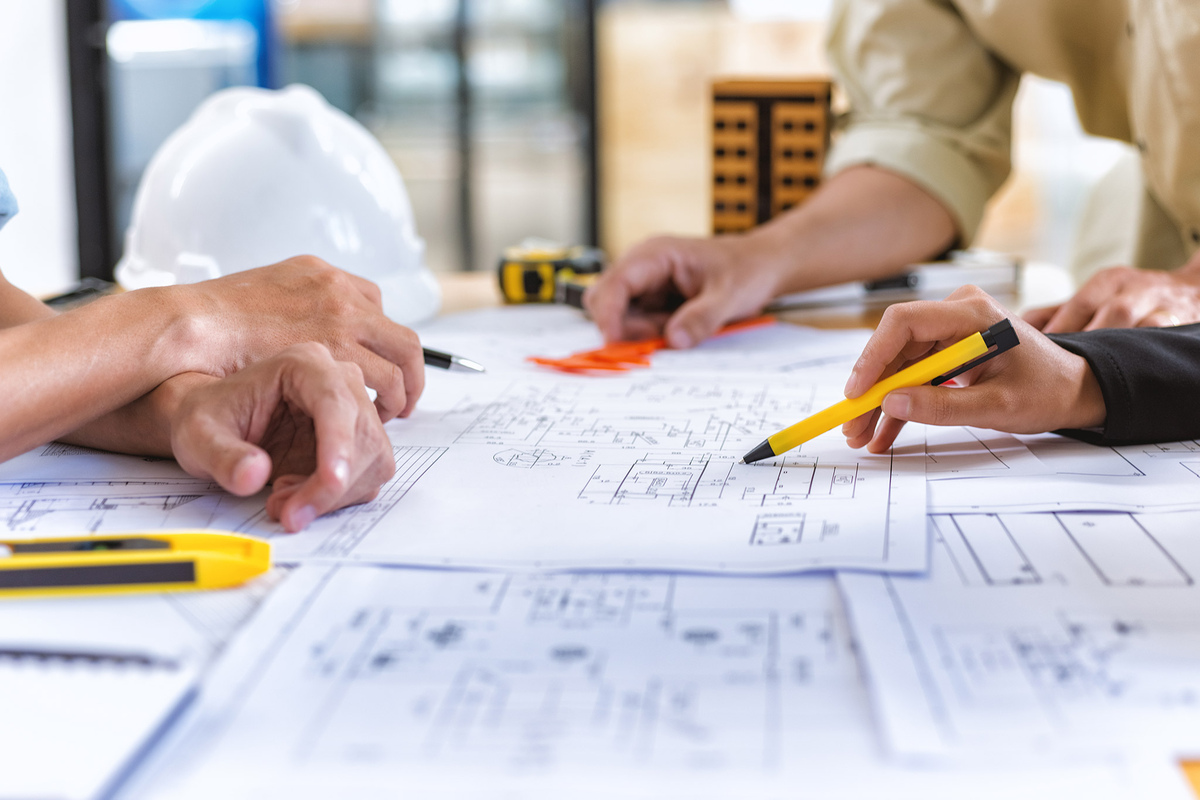


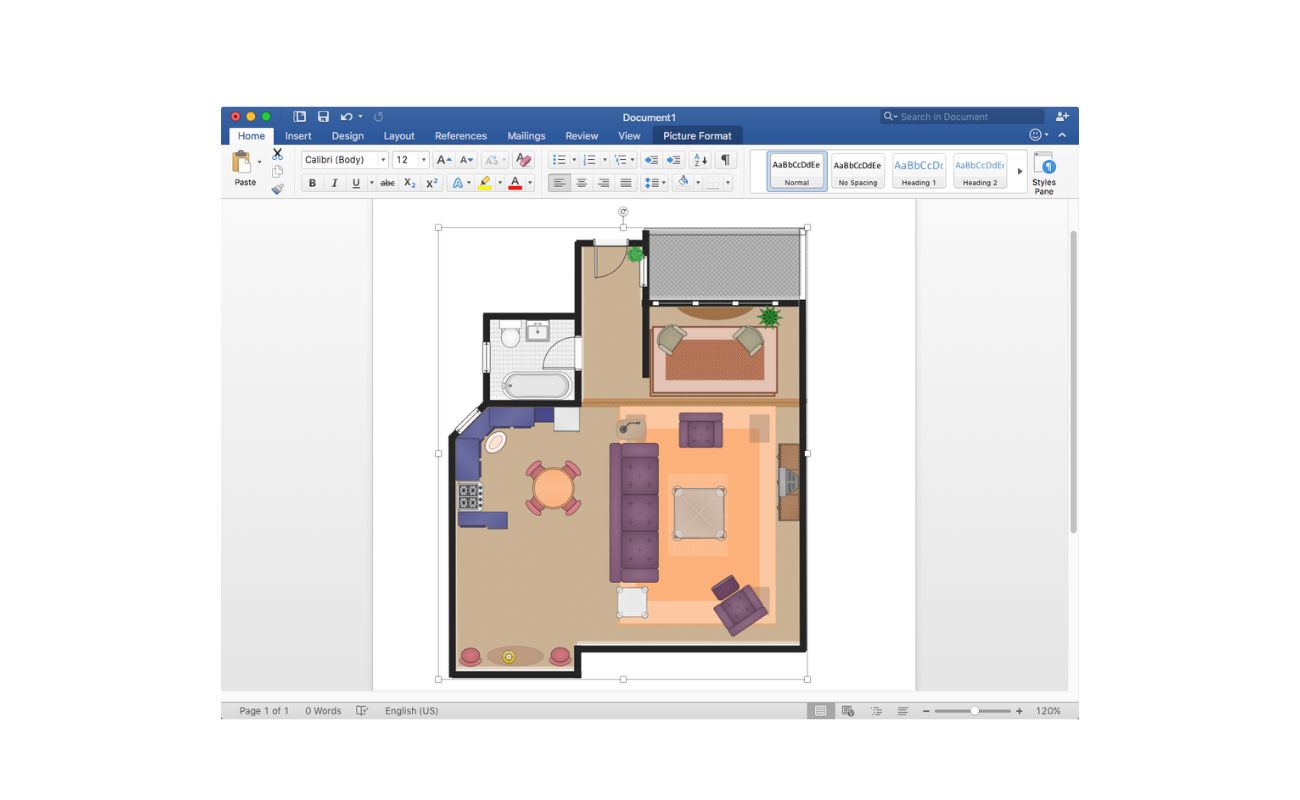
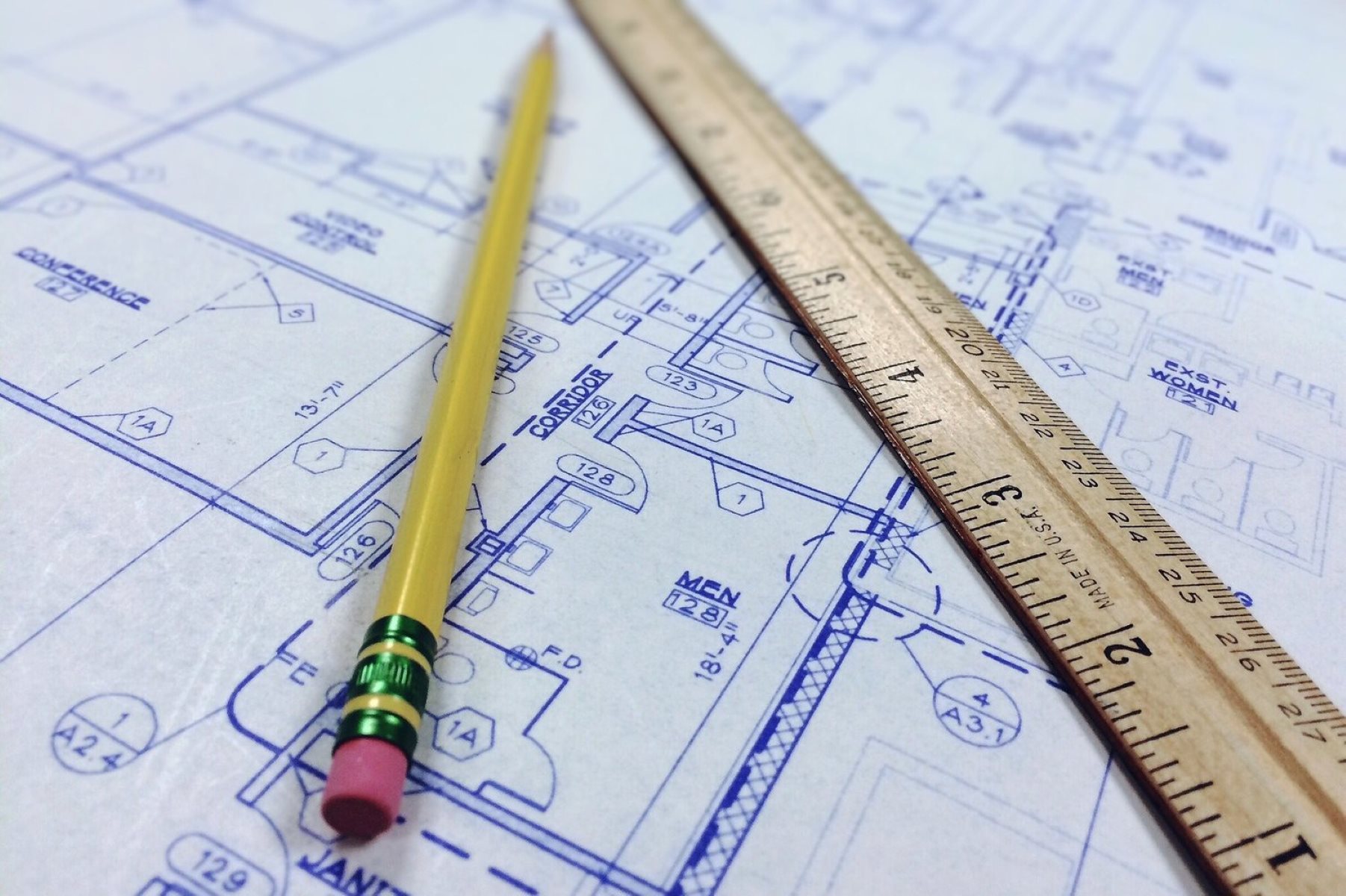
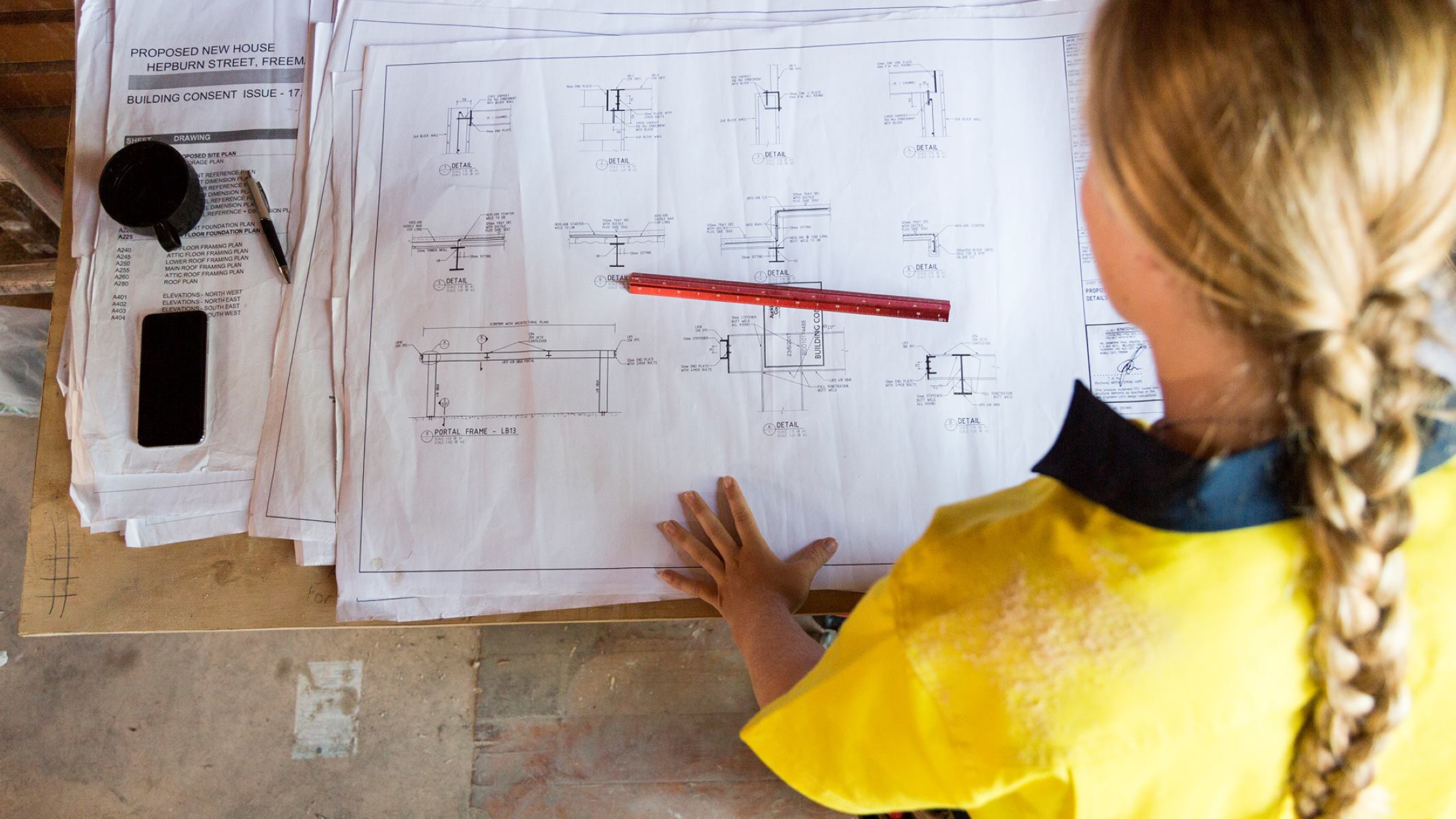
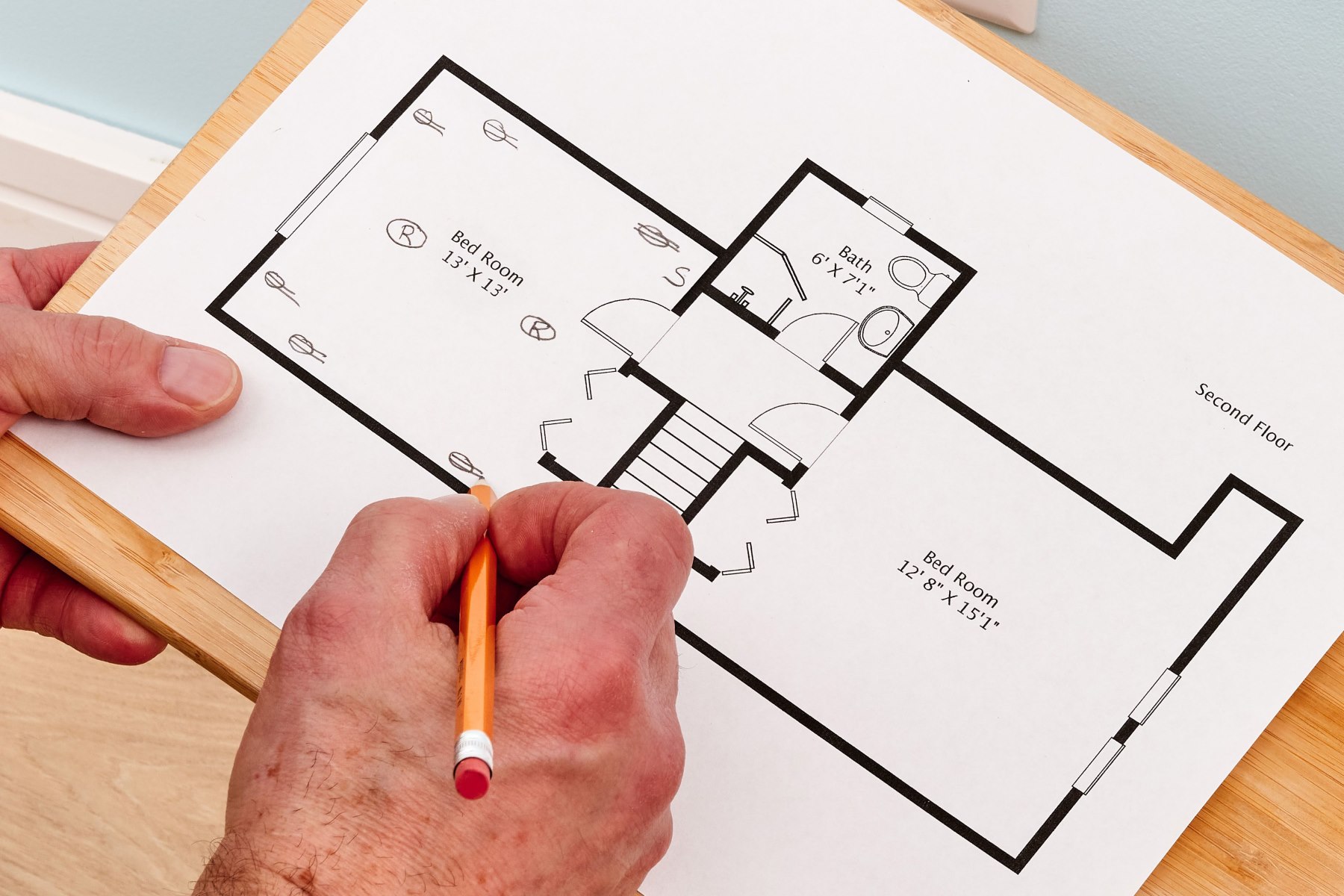

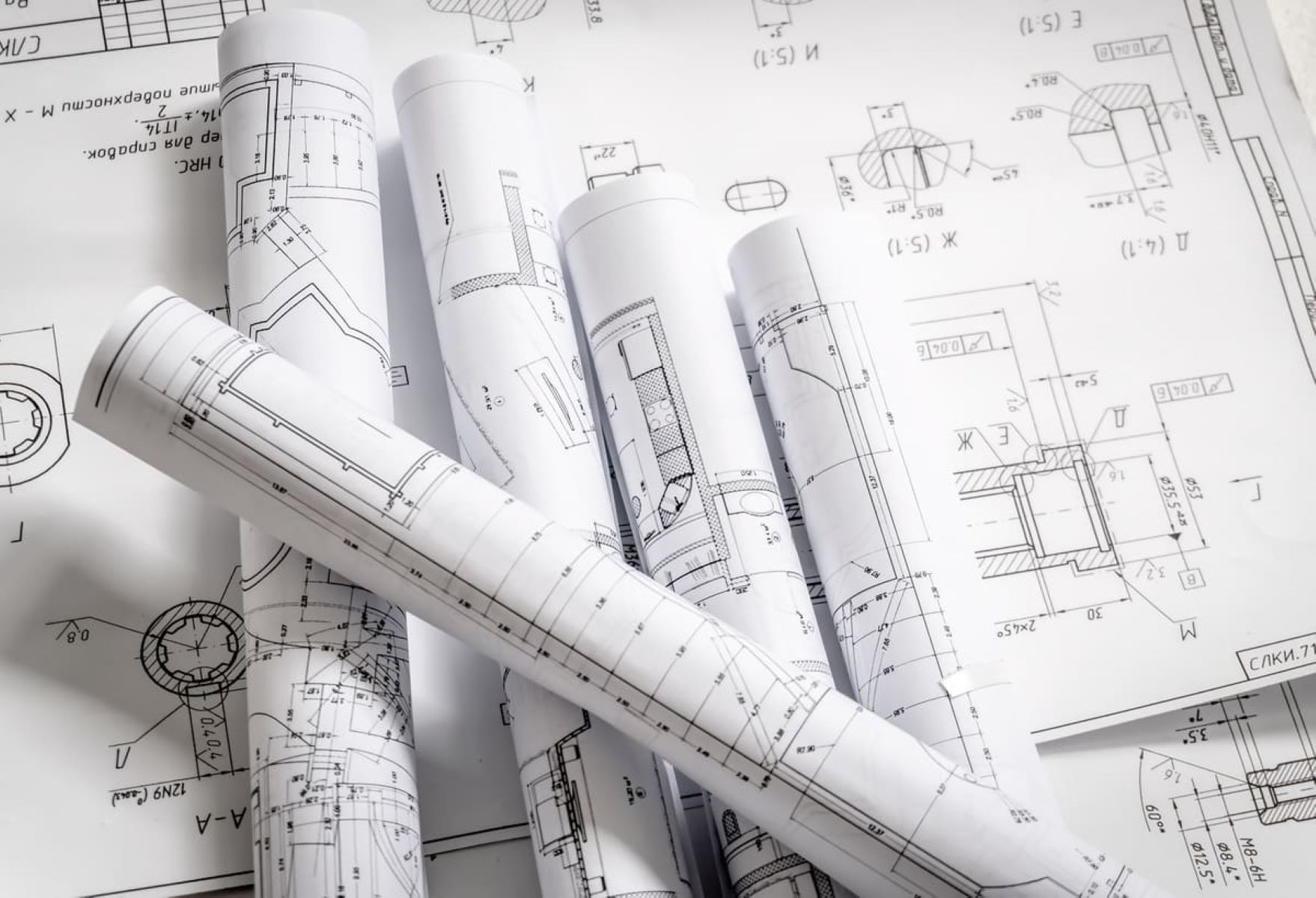
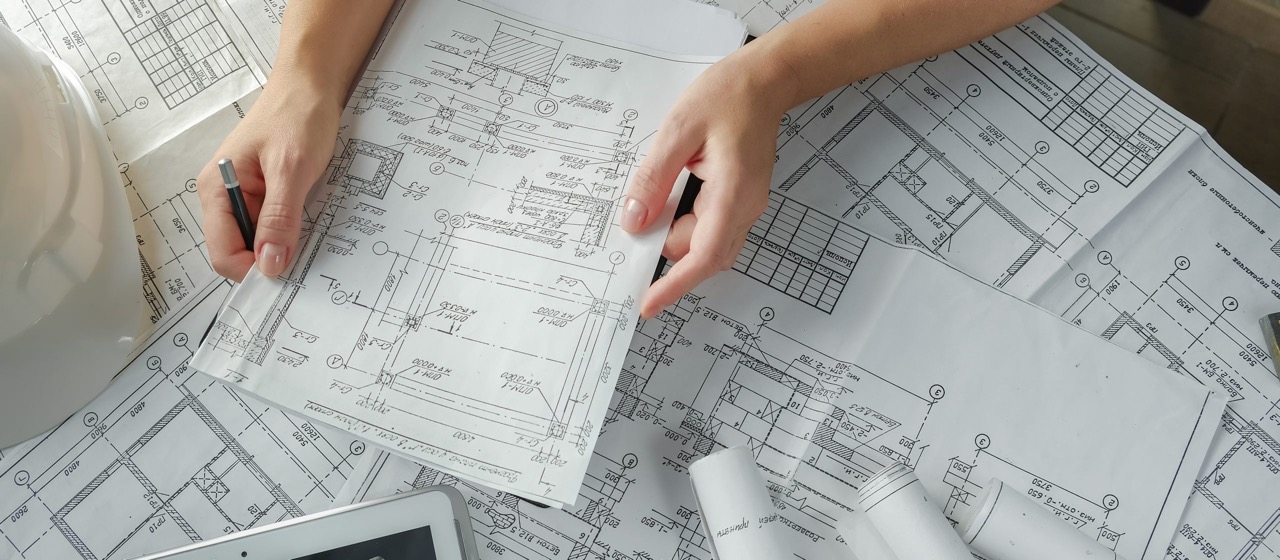
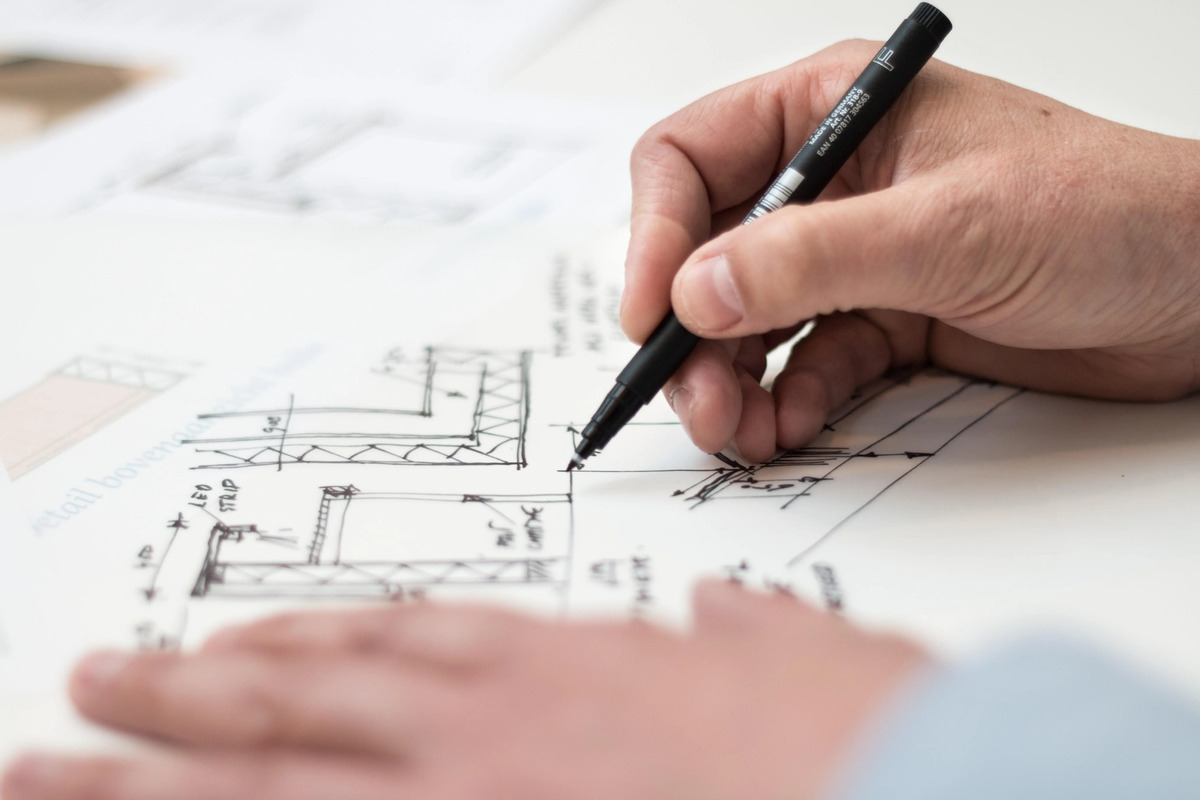
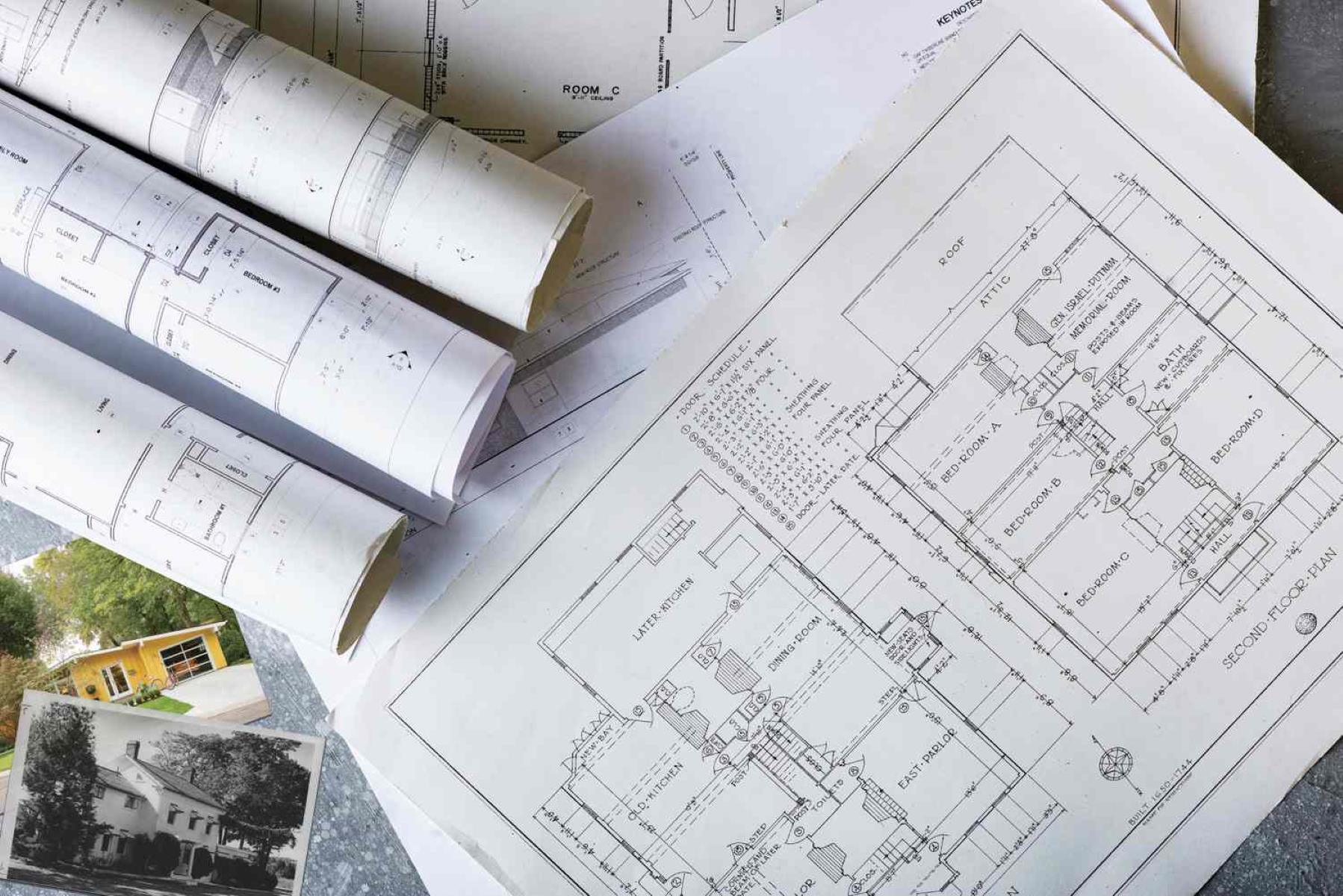
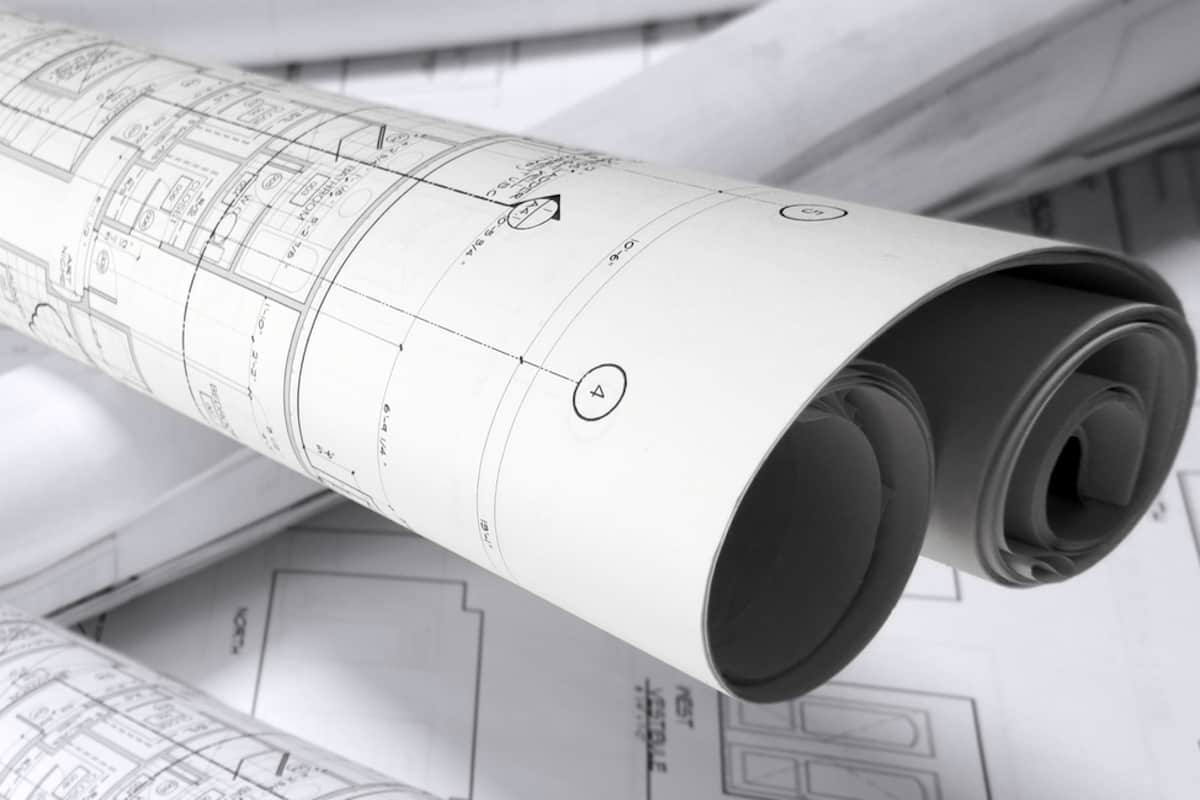
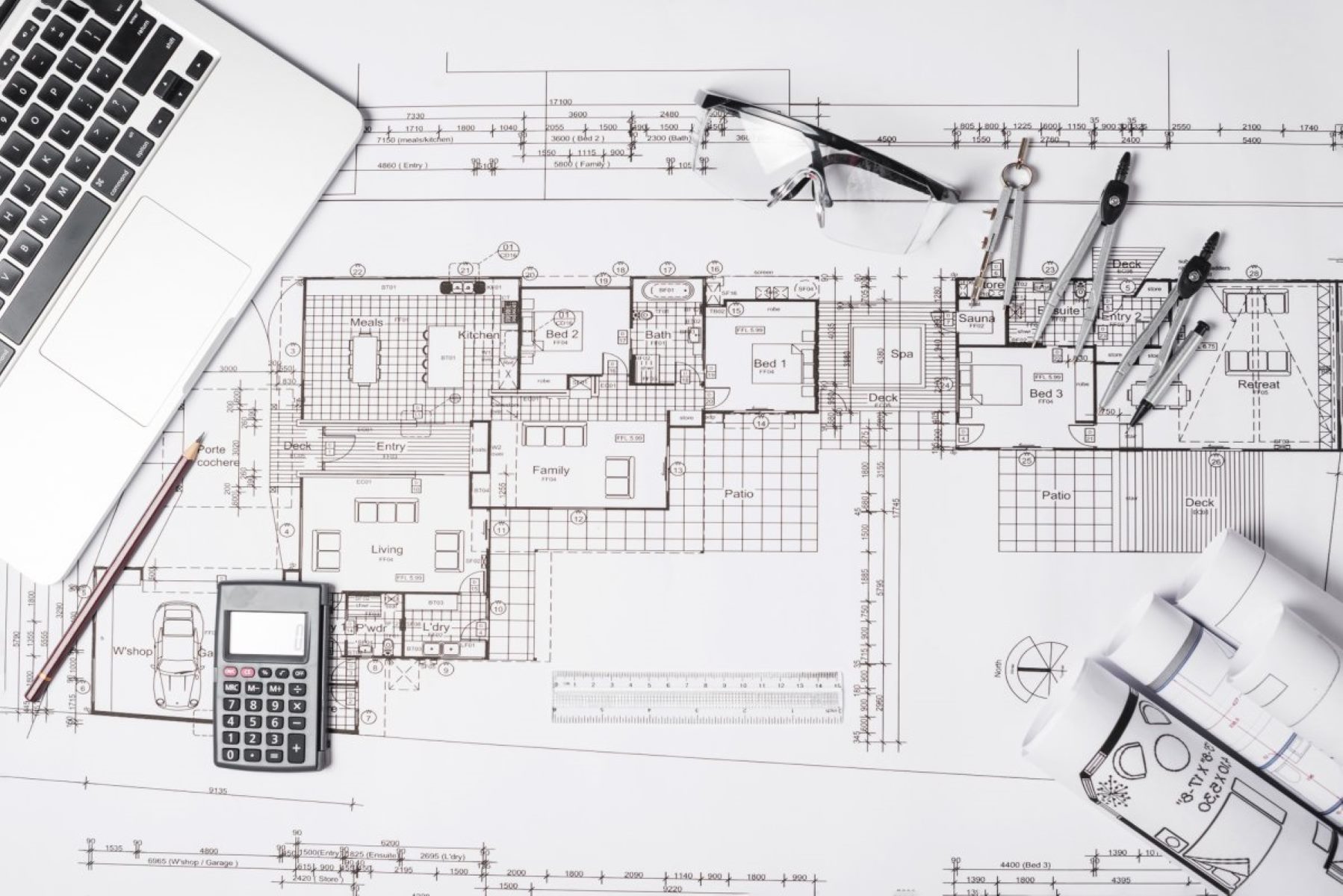

0 thoughts on “How Are The Words “Architect” And “Blueprint” Related?”